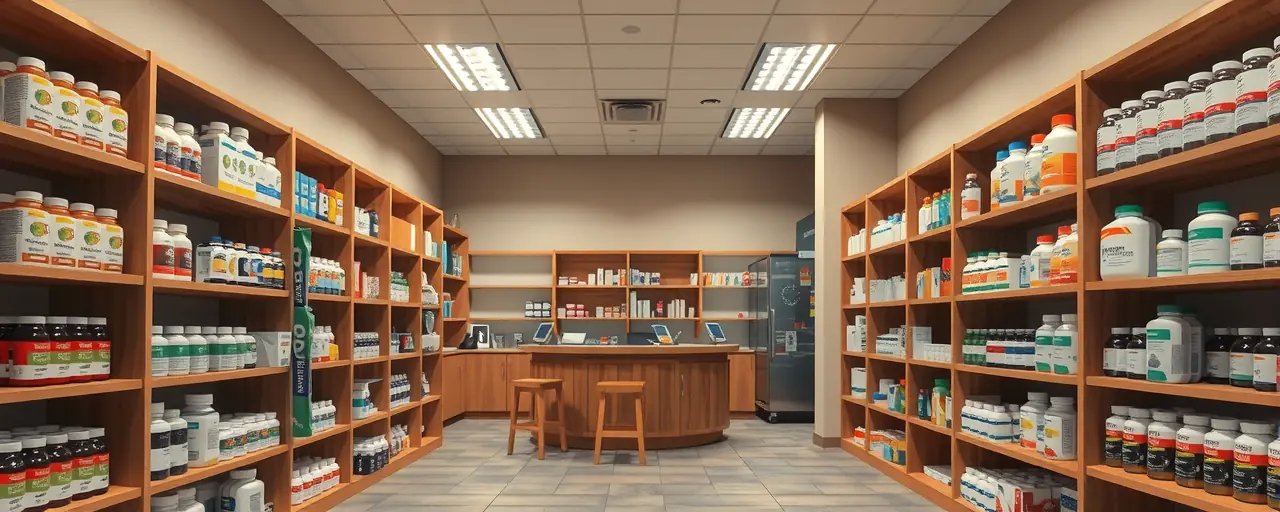A Threat to American Medical Leadership
American pharmaceutical companies, long the world’s pioneers of life-saving drugs, face a dire threat. Pharmacy benefit managers (PBMs), the middlemen controlling drug pricing and access, drain the profits needed for research and development. This crisis imperils not just corporate balance sheets but the future of medicine itself. If we fail to act, the United States risks losing its edge to rivals like China.
PBMs began as simple administrators for insurance claims. Today, they wield unchecked power, negotiating rebates and dictating which drugs reach patients. Their opaque tactics, like spread pricing and retroactive audits, bleed revenue from drugmakers and independent pharmacies. The system is broken, leaving innovators unable to fund the breakthroughs we desperately need.
This issue transcends economics; it’s a matter of national security. China now controls 80% of global active pharmaceutical ingredients (APIs), the essential components of drugs. While PBMs suffocate Western margins, China’s drug pipeline flourishes, positioning it to dominate the global market. Dependence on a geopolitical rival for medicine is a risk we cannot afford.
Drug development demands over $2 billion per therapy, yet many firms earn returns below their cost of capital. PBMs worsen this by extracting steep rebates, slashing the funds available for R&D. Why should you care? Without robust investment, the next treatment for cancer or heart disease may remain out of reach.
Some push for PBM reforms like price transparency or rebate caps, claiming they protect consumers. These measures, however, often backfire, raising costs and stifling market competition. The solution lies in breaking the PBM stranglehold and restoring the free-market incentives that drive innovation.
PBMs: A Parasite on Progress
PBMs manage 79% of U.S. prescription drug claims, giving them immense control over pricing. Their rebate system pressures drugmakers to inflate list prices to cover discounts, which PBMs frequently keep rather than pass to patients. This market distortion raises costs and starves the revenue needed for R&D.
Between 2013 and 2018, intermediaries outearned the broader market, while drugmakers struggled under rebate burdens. This imbalance endangers the $300 billion global R&D pipeline. Smaller biotech firms, vital to innovation, face the greatest strain, lacking the resources to withstand PBM demands.
The toll is evident. Since late 2024, over 300 independent pharmacies have shuttered, unable to survive PBM audits and meager reimbursements. Rural communities suffer most, losing access to care. PBMs also favor their own pharmacies, tightening their grip and undermining competition.
Defenders of PBMs argue they secure discounts that lower costs. Yet their practices inflate prices overall and divert savings from patients and drugmakers. The Inflation Reduction Act’s Medicare price negotiations sidestep PBMs for some drugs but threaten to cut profits further, risking R&D cuts at vulnerable firms.
China faces no such obstacles. By 2023, it accounted for 23% of global drug candidates, trailing only the U.S. Its 467 FDA-registered API facilities supply 17% of U.S. imports, a reliance exposed during COVID-19 shortages. As American innovators falter, China’s state-supported firms gain ground.
The conclusion is inescapable: PBMs undermine pharmaceutical progress by siphoning funds that should fuel research. Freeing drugmakers from their influence would unlock the capital needed to keep America at the forefront of medical innovation.
Restoring Innovation Through Markets
Reviving pharmaceutical innovation requires embracing free-market principles. PBMs must face true competition, not regulations that distort their role. Transparent pricing, achieved without coercive mandates, would expose profiteering and compel accountability, allowing drugmakers to reinvest in R&D.
President Trump’s 2025 executive order to align U.S. drug prices with Europe’s raises concerns. Industry experts warn that price cuts of 30–80% could cripple smaller firms’ R&D efforts. A better approach would incentivize performance-based PBM contracts that reward efficiency while preserving innovators’ margins.
America’s pharmaceutical dominance hangs in the balance. Biopharma funding grew in 2024, with $6.5 billion in venture capital deals in Q1 2025, but returns remain strained. China’s API dominance, supplying 70% of India’s bulk drugs, underscores the urgency of securing our supply chain and innovation base.
Government intervention, like the Inflation Reduction Act’s price controls, offers short-term savings but long-term risks. Projected to save $6 billion by 2026, these measures may delay new treatments by reducing R&D. Supporters claim they aid seniors, yet they overlook the broader harm to medical advancement.
This battle is about ensuring Americans have access to cutting-edge drugs. By dismantling PBM monopolies and fostering competition, we can revive the incentives that made American pharma a global leader. Will we safeguard our health and security, or let China seize the future of medicine?
The choice is ours. Let’s protect the system that delivers hope and healing to millions.
